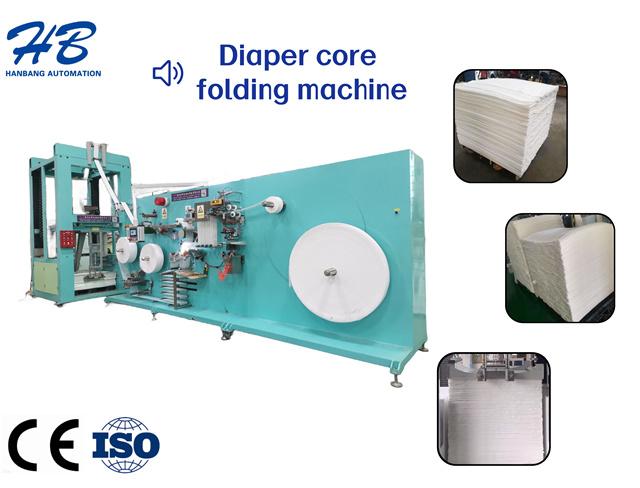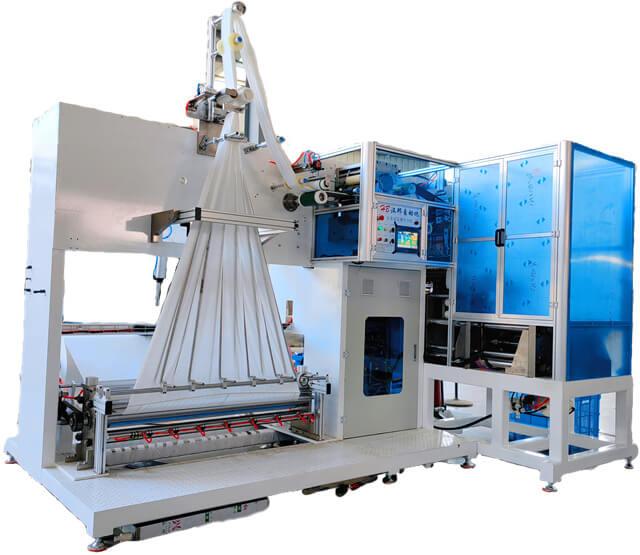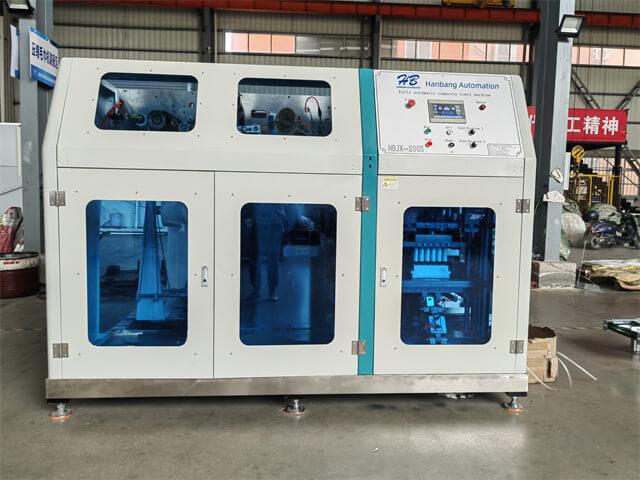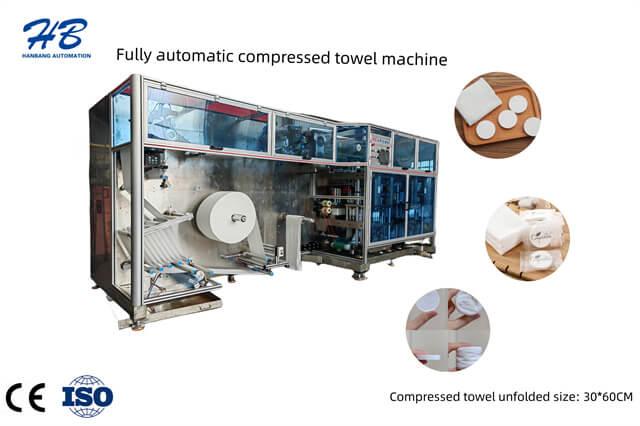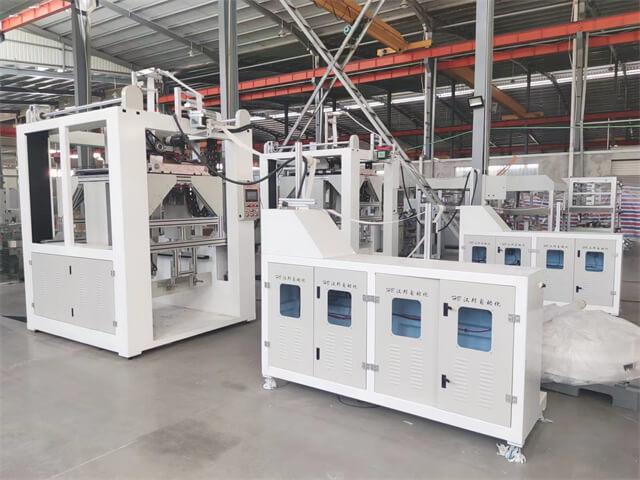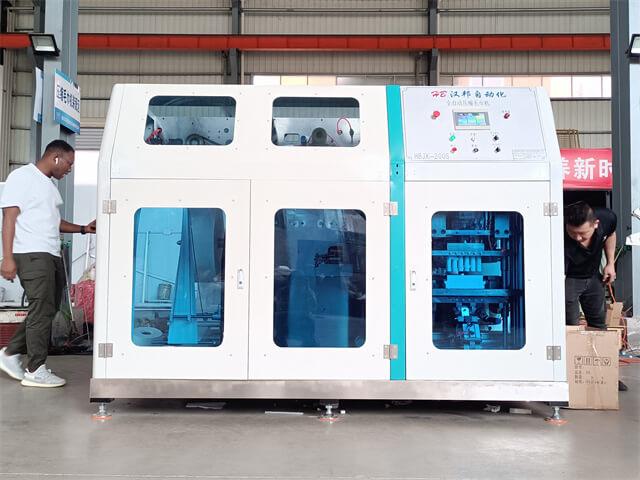The thickness of the material produced by the fully automatic compressed towel machine plays a vital role. Generally, the material used to produce compressed to...
Fully automatic compressed towel machines usually provide a range of production specifications and models to meet the needs of various customers. The number of ...
A fully automatic compressed towel machine has the function of efficiently compressing towels into compact forms. This process involves automatic folding, rolli...
The raw materials that can be used by fully automatic compressed towel machines are as follows: Fully automatic compressed towel machines usually use a variety...
Explanation of the working principle of the fully automatic compressed towel machine: The fully automatic compressed towel machine operates according to a syste...
A fully automatic compressed towel machine typically ranges in price depending on various factors such as brand, specifications, and additional features. On ave...
One person can usually operate multiple fully automatic compressed towel machines at the same time, depending on factors such as the complexity of the machines,...
1. Regular Cleaning and Inspection. 2. Lubrication. 3. Alignment and Tension Adjustment. 4. Blade Sharpening and Replacement. 5. Electrical System Maintenance. ...
Introduction. 1. Introduction to Non-Woven Needle Punching Machine. 2. High-Quality Non-Woven Fabrics for Absorbency. 3. Soft and Comfortable Surface Layers. 4....
Introduction. 1. Non Woven Embossing. 2. Punching Holes. 3. Slitting. 4. Rewinding. 5. Efficiency and Automation. 6. Customization and Flexibility. 7. Quality C...
We are Hanbang fully automatic compressed towel machine factory is fully equipped and capable of producing compressed towels on an OEM basis.our state-of-the-...
1. Regular Cleaning. 2. Lubrication. 3. Regular Inspection. 4. Calibration. 5. Operator Training. 6. Safe Handling of Materials. 7. Preventive Maintenance. 8. P...
1. Regular Cleaning and Lubrication. 2. Inspection of Machine Components. 3. Calibration and Adjustment. 4. Operator Training. 5. Preventive Maintenance Schedul...
1. Introduction. 2. Selection of Machine. 3. Site Preparation. 4. Installation Process. 5. Safety Considerations. 6. Training and Staffing. 7. Maintenance and T...
Introduction. Step 1: Preparing the Installation Area. Step 2: Unpacking and Inspection. Step 3: Machine Positioning. Step 4: Power Connection. Step 5: Machine ...
